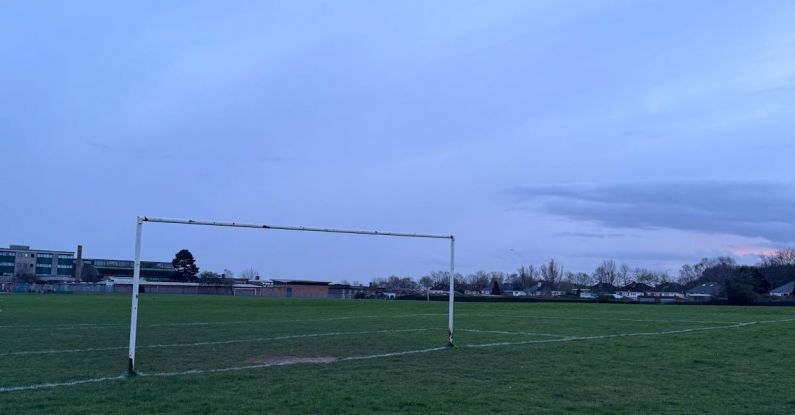
Achieving a specific fitness goal requires dedication, strategy, and a well-thought-out training plan tailored to your desired outcome. Whether you aim to build muscle, improve endurance, or lose weight, having a clear roadmap will significantly increase your chances of success. In this guide, we will explore how to train effectively for a specific fitness goal, outlining key principles and strategies to help you reach your objectives.
Define Your Goal
The first step in training for a specific fitness goal is to clearly define what you want to achieve. Setting a specific, measurable, achievable, relevant, and time-bound (SMART) goal will provide you with a clear target to work towards. For example, instead of saying you want to “get fit,” a SMART goal would be to “lose 10 pounds in 10 weeks” or “run a 5k in under 30 minutes.” By defining your goal in this way, you can create a training plan that is tailored to your specific objectives.
Understand Your Body
Before embarking on any fitness program, it’s essential to understand your body’s current capabilities and limitations. Consider factors such as your fitness level, any existing injuries or health conditions, and your lifestyle constraints. This self-assessment will help you tailor your training plan to suit your individual needs and ensure that you progress safely and effectively towards your goal.
Choose the Right Training Program
Once you have defined your goal and assessed your current fitness level, it’s time to choose a training program that aligns with your objectives. Whether you prefer strength training, cardio, HIIT, or a combination of different modalities, selecting a program that is designed to help you reach your specific goal is crucial. Consider seeking guidance from a fitness professional to create a customized training plan that takes into account your preferences, schedule, and fitness level.
Focus on Progressive Overload
Progressive overload is a fundamental principle of training that involves gradually increasing the intensity, duration, or frequency of your workouts to continually challenge your body and promote adaptation. Whether your goal is to build strength, improve endurance, or enhance performance, incorporating progressive overload into your training plan is essential for achieving long-term results. Remember to track your progress, adjust your workouts as needed, and consistently push yourself outside your comfort zone to keep making gains.
Nutrition and Recovery
Training for a specific fitness goal goes beyond just the time you spend in the gym. Proper nutrition and adequate recovery are equally important factors that can influence your progress and performance. Fueling your body with the right nutrients, staying hydrated, and getting enough rest are crucial for supporting your training efforts and maximizing your results. Consider consulting a nutritionist or dietitian to develop a meal plan that supports your fitness goals and prioritizing recovery strategies such as sleep, stretching, and foam rolling to help your body repair and adapt to training stress.
Stay Consistent and Stay Motivated
Consistency is key when it comes to achieving a specific fitness goal. Make a commitment to yourself to stick to your training plan, even on days when you don’t feel motivated. Remember that progress takes time, and results may not happen overnight. Stay focused on your goal, celebrate your achievements along the way, and find ways to stay motivated, whether it’s setting mini-goals, tracking your progress, or finding a workout buddy to keep you accountable.
Revise and Refine Your Plan
As you progress towards your specific fitness goal, it’s essential to periodically review and adjust your training plan to ensure that it continues to challenge you and support your objectives. Listen to your body, pay attention to how you’re feeling during workouts, and be open to making changes to your program as needed. Whether it’s increasing the intensity of your workouts, trying new exercises, or modifying your training split, being flexible and willing to adapt will help you continue making progress and avoid plateaus.
Achieve Your Fitness Goal
Training for a specific fitness goal requires dedication, commitment, and a well-structured plan tailored to your objectives. By defining your goal, understanding your body, choosing the right training program, focusing on progressive overload, prioritizing nutrition and recovery, staying consistent, staying motivated, and revising your plan as needed, you can maximize your chances of success and achieve the results you desire. Remember that fitness is a journey, and each workout brings you one step closer to your goal. Stay focused, stay motivated, and most importantly, enjoy the process of becoming the best version of yourself.





